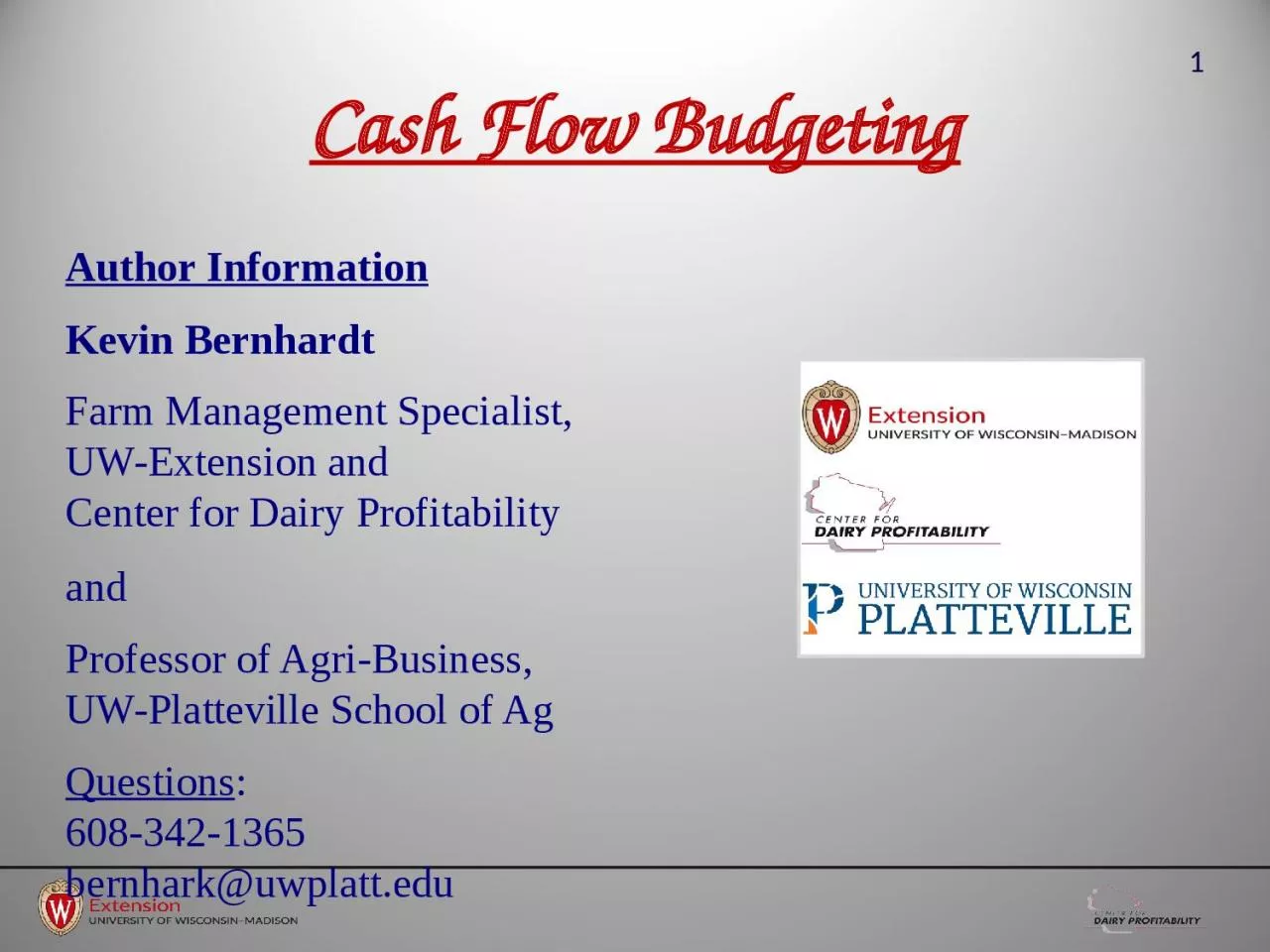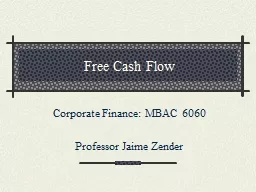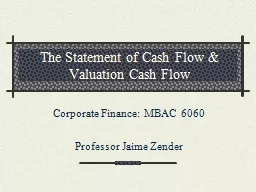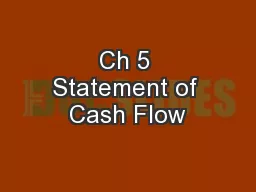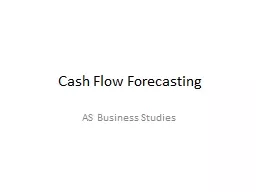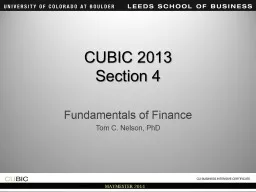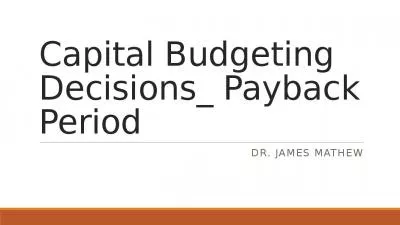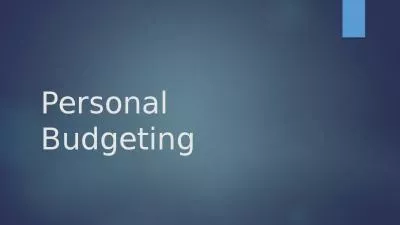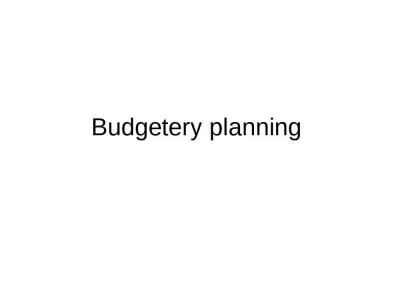PPT-Cash Flow Budgeting 1 Author Information
Author : winnie | Published Date : 2023-11-05
Kevin Bernhardt Farm Management Specialist UWExtension and Center for Dairy Profitability and Professor of AgriBusiness UWPlatteville School of Ag Questions 6083421365
Presentation Embed Code
Download Presentation
Download Presentation The PPT/PDF document "Cash Flow Budgeting 1 Author Information" is the property of its rightful owner. Permission is granted to download and print the materials on this website for personal, non-commercial use only, and to display it on your personal computer provided you do not modify the materials and that you retain all copyright notices contained in the materials. By downloading content from our website, you accept the terms of this agreement.
Cash Flow Budgeting 1 Author Information: Transcript
Download Rules Of Document
"Cash Flow Budgeting 1 Author Information"The content belongs to its owner. You may download and print it for personal use, without modification, and keep all copyright notices. By downloading, you agree to these terms.
Related Documents

